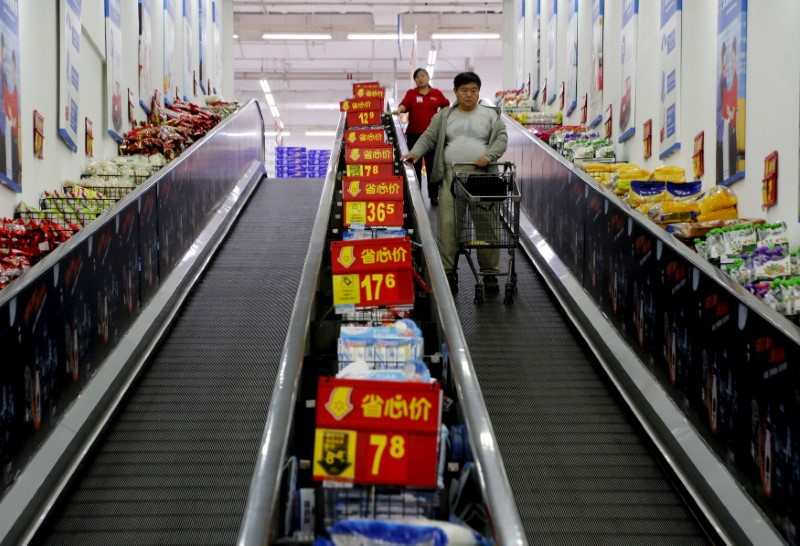(Bloomberg) -- China’s factory inflation surged again in July, following a short-lived retreat in the previous month, as commodity prices remained high despite the government’s steps to rein in costs.
The producer price index grew 9% in July from a year earlier, the National Bureau of Statistics said Monday, quickening from 8.8% in the previous month and beating the median forecast of an 8.8% gain. The consumer price index rose 1% in July, compared to the median estimate of a 0.8% increase.
China’s steady economic recovery extended into the second half of the year, although the momentum is weakening. A new round of coronavirus outbreaks across the country is dimming the growth outlook as local authorities restrict travel, hurting domestic demand. It could also temporarily boost inflation pressure, if lockdowns were implemented on a larger scale and supply and logistics are disrupted.
The severity of the economic damage will largely depend on how fast Beijing can bring the pandemic under control, economists said.
Zhou Hao, senior emerging markets economist at Commerzbank (DE:CBKG) AG (OTC:CRZBY) in Singapore, expects CPI to move higher to about 2% at the end of the year as pandemic disruptions possibly push up food prices, he said before the data were released.
Core CPI, which excludes volatile food and energy prices, rose 1.3% suggesting domestic demand is getting stronger. Pork prices, a key element in China’s CPI basket, dropped 43.5%, driving food prices down by 3.7%. Non-food prices, climbed 2.1% partly on the pass-through from elevated upstream prices.
With domestic demand remaining subdued, the central bank has ample policy room to shift to a more dovish stance to support the economy, as reflected by its surprise move in July to cut the the reserve requirement ratio for banks.
The Communist Party’s top leadership also pledged more targeted support for the economy at the Politburo meeting late last month, reiterating a commitment to stabilize commodity prices and pledging more effective fiscal support for the economy in the second half.
©2021 Bloomberg L.P.
